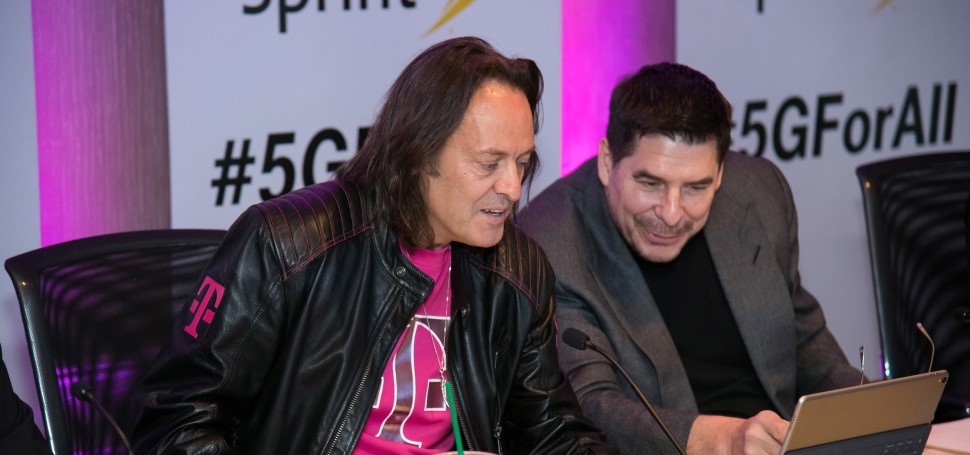T-Mobile continues US 5G crusade with 600MHz call tests
T-Mobile completes multi-band call tests with Ericsson and Intel

T-Mobile has completed the world’s first data and video calls on a live 5G network using 600MHz spectrum as it continues to position itself as the only US operator capable of delivering nationwide coverage.
The tests, conducted with partners Ericsson and Intel, also saw T-Mobile deliver a tri-band call with users on different spectrum bands – 600MHz, 28GHz and 39GHz.
T-Mobile is hoping to merge with rival Sprint, arguing the deal will accelerate development of 5G in the US. It claims the combination of its long-range 600MHz spectrum with 28GHz mmWave bandwidth will allow for the creation of a truly national network.
T-Mobile 5G call
It argues its rivals only have mmWave spectrum, which delivers high capacity but has comparatively low range, making it only suitable for urban areas and Fixed Wireless Access (FWA) broadband.
Verizon and AT&T have launched commercial 5G services using mmWave, but coverage of both networks is limited to a few major cities. This is set to expand once the first compatible handsets arrive later this year.
T-Mobile hopes its argument resonates with regulators, given critics are concerned the reduction of four operators to three will reduce competition and harm consumers.
It says it hopes to deliver nationwide coverage by 2020 and is deploying 5G-ready equipment as it upgrades its LTE network. CEO John Legere said the latest tests were a huge step forward for its multi-band 5G strategy.
Are you a pro? Subscribe to our newsletter
Sign up to the TechRadar Pro newsletter to get all the top news, opinion, features and guidance your business needs to succeed!
“While the other guys focus on 5G [mmWave] on a handful of blocks in a handful of cities, we’re building 5G for everyone, everywhere,” he said. “And together with Sprint, we’ll add much-needed spectrum depth, creating a truly transformative 5G network!”
Earlier this week AT&T was widely mocked for issuing a software update to some Android phones so they would display a ‘5GE’ icon when connected to an advanced LTE network. Critics said it was disingenuous to suggest devices were connected to 5G when they were actually using a 4G network and that consumers could be confused.
Steve McCaskill is TechRadar Pro's resident mobile industry expert, covering all aspects of the UK and global news, from operators to service providers and everything in between. He is a former editor of Silicon UK and journalist with over a decade's experience in the technology industry, writing about technology, in particular, telecoms, mobile and sports tech, sports, video games and media.